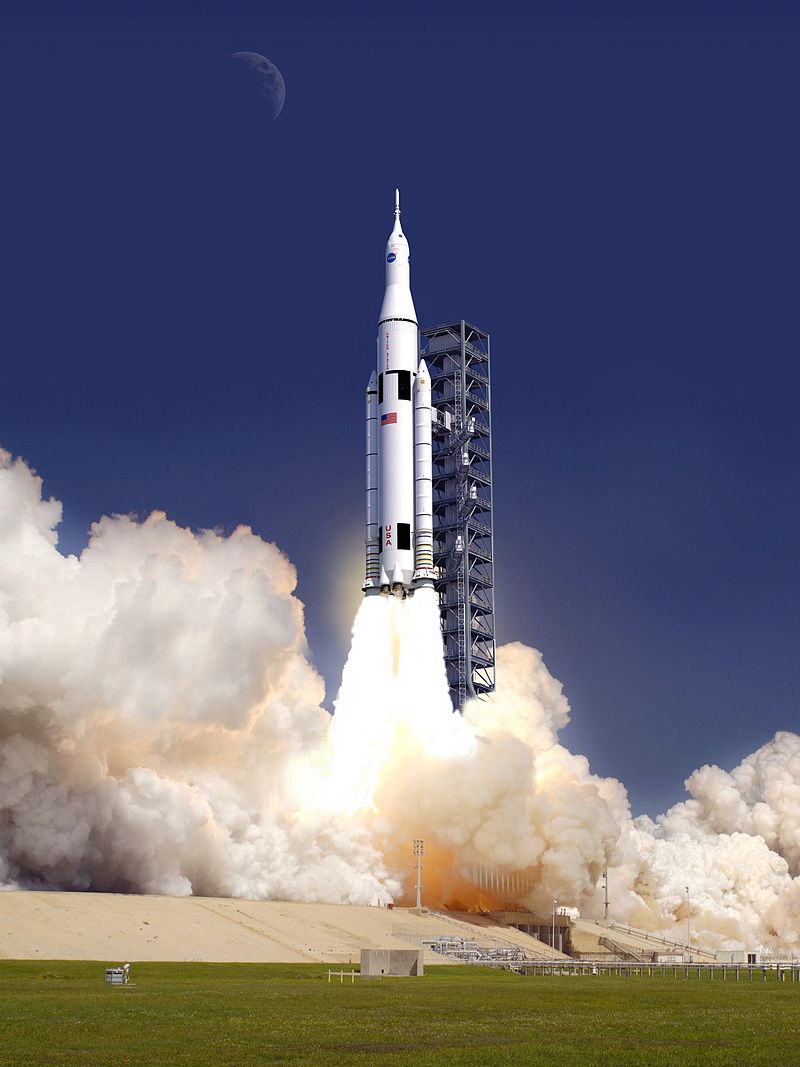
You may be familiar with the space race: in the 1960s, the United States and the USSR competing to send a man to the moon, won eventually by the U.S. with Apollo 11's July 1969 landing that put Neil Armstrong and Buzz Aldrin on the surface of the moon. But now a new race is on: The “space cost race” that will decide who will put cargo into orbit at the lowest price. And this race has a number of new private-sector entrants that apply the spirit of competition to a an aerospace industry that has traditionally lacked competition. Enter companies such as SpaceX, Orbital Sciences Corporation, and Sierra Nevada Corporation, all of which are ready to take on the established the behemothes in the United States, Boeing and Lockheed Martin and their joint venture, United Launch Alliance) and in Europe, Arianespace. What can the new companies do that the giants couldn't?
The table below shows a sample of orbital launch systems and their corresponding costs. Comparisons between launchers are complicated by the myriad of different configurations and the fact that most companies do not advertise a fixed price for their launchers. This is starting to change. SpaceX is quite transparent about their pricing. There are also economies of scale. It is cheaper per kilogram to put a large payload into orbit, but of course not all payloads are large. Also, some launchers need to reach geosynchronous orbit, while others only need to reach low-Earth orbit. The table below show that conventional launchers cost around $10-15,000 per kg, with the European Ariane being significant cheaper. However, the Falcon 9 from SpaceX is even cheaper, with the prospect of slashing costs even further when the Falcon Heavy becomes available commercially in 2016.
| Launcher | Company | Cost [$mio] | LEO Payload (kg) | Cost per kg |
|---|---|---|---|---|
| Atlas V | ULA | 152 | 9,797 | 15,515 |
| Ariane V | ArianeSpace | 120 | 21,000 | 5,714 |
| Delta II | ULA | 51 | 5,030 | 10,139 |
| Delta IV Heavy | ULA | 375 | 28,790 | 13,025 |
| Falcon 9 [1.1] | SpaceX | 54 | 13,150 | 4,106 |
| Falcon Heavy | SpaceX | 85 | 53,000 | 1,603 |
| Space Launch System | NASA | 500 | 130,000 | 3,846 |
Source: various industry publications. Companies are welcome to provide more accurate information.
‘With continuing innovation, a cost of $500 per kg to Low-Earth Orbit by the end of the decade is achievable.’
The cost advantage of the space pioneers such as SpaceX comes from a number of innovations. First is simplicity. The Falcon 9 rocket uses nine engines, which are simpler to produce than smaller but bigger engines, and ultimately can be mass-produced. Having nine engines means that up to two engines can fail without compromising the missions. SpaceX is also working on recovering the first rocket stage rather than dropping them into the ocean. Preliminary tests for rocket-propelled soft landings are very promising. The Falcon Heavy version currently under construction will use two boosters identical to the main stage, and further improve efficiency through cross-feeding the rocket fuel between the three tanks. But technological innovations are not the only frontier of progress. SpaceX has pioneered a new business model that is leaner than its competitors, with less overhead, and quicker turnaround from planning to production. With continuing innovation, a cost of $500 per kg to Low-Earth Orbit by the end of the decade is achievable.
If the cost of launching into space drops significantly, what does that mean for developing new economic opportunities in space? Will resupplying the International Space Station be enough, and will it make commercial success dependent on government contracts? Will space tourism provide new markets? Does microgravity offer new methods of production not available on the ground? The bulk of commercial benefits will continue to come from commercial satellites—telecommunications, global positioning systems, weather observation and earth reconnaissance. Publicly-funded projects such as space telescopes and sciene missions to planets near and far will also continue to provide a regular stream of revenue. But the future could bring many new industrial-scale opportunities, from mining near-earth asteroids to space-based solar power. There may well be riches in space, and harvesting them will depend on making access to space safe and affordable. But as K. Dean Larson reports in Mining Asteroids and Exploiting the New Space Economy in the Wall Street Journal, there are also international property rights issues that need to be settled first. Furthermore, the number of commercially-interesting near-Earth objects (NEOs) may be smaller than previously thought, as astronomers Martin Elvis and Thomas Esty have found in their research. We are at the beginning of a new space race—a race that will be won by innovation and cost reduction.
![[Sauder School of Business]](logo-ubc-sauder-2016.png)
![[The University of British Columbia]](logo-ubc-2016.png)